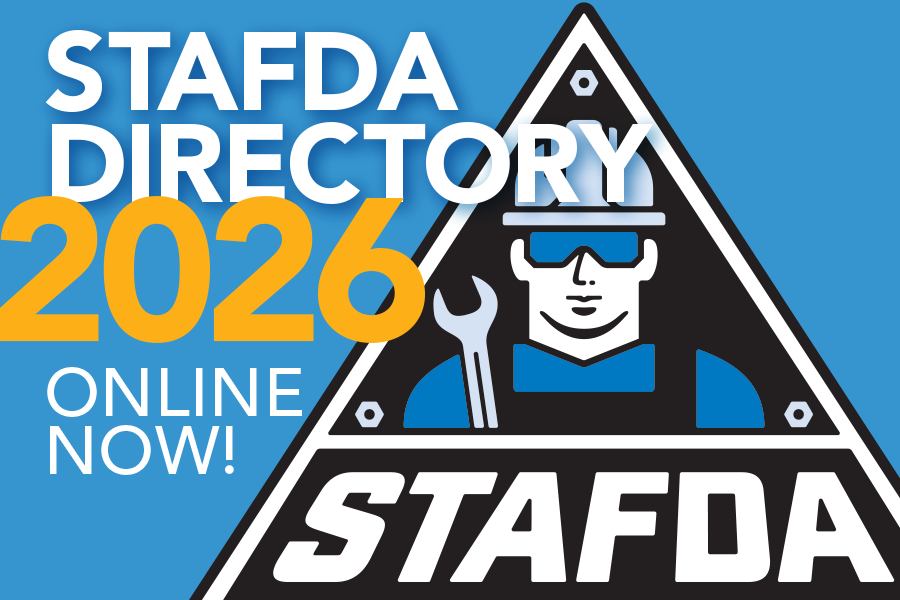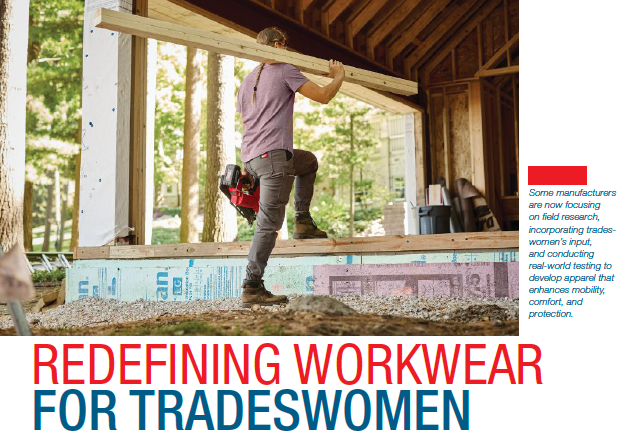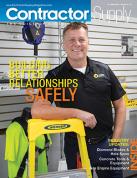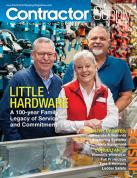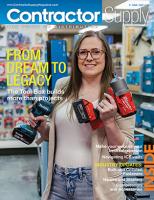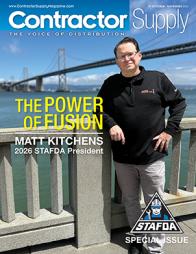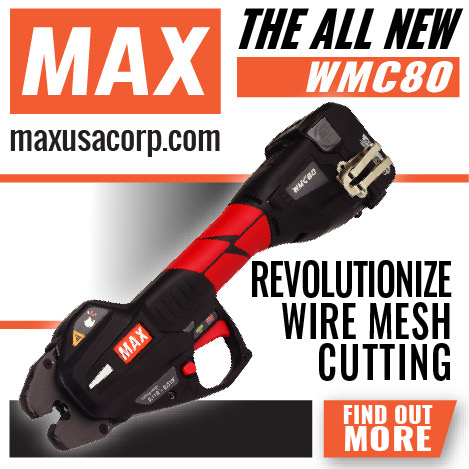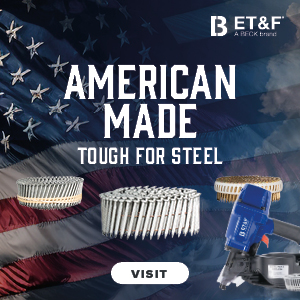|
|
By Nadia Sinner, Milwaukee Tool
For decades, the skilled trades have been shaped by tools, materials, and safety standards designed primarily for men. As more women enter the industry, it has become clear that properly designed workwear is not just about comfort—it’s about safety, performance, and representation. Yet, many tradeswomen have had to adapt to ill-fitting clothing, repurpose men’s workwear, or compromise durability and functionality, impacting mobility, efficiency, and workplace safety.
Historically, manufacturers have taken a one-size-fits-all approach, simply downsizing men’s workwear rather than designing gear that meets women’s needs. However, with women’s participation in the trades rising from 8.9% in 2010 to 11% today, the demand for functional, well-fitting workwear is gaining attention within the industry. Some manufacturers are now focusing on field research, incorporating tradeswomen’s input, and conducting real-world testing to develop apparel that enhances mobility, comfort, and protection.
Rather than forcing tradeswomen to adapt to outdated standards, the industry is starting to evolve to meet their needs, ensuring that workwear is designed for the job and the increasingly diverse workforce shaping its future.
KEY CHALLENGES
Field research plays a crucial role in understanding the realities of the jobsite and ensuring workwear meets the demands of tradeswomen. By engaging directly with workers in the field, research teams have been able to collect firsthand insights that inform product development, focusing on actual requirements instead of mere assumptions.
- Fit and Mobility Issues: Work pants often tend to be been too stiff, low-waisted, or restrictive, limiting movement. Since most workwear is designed for larger male body proportions, it often ends up loose-fitting and less effective for women. This can lead to reduced dexterity and higher risk of snagging.
- Lack of Durability: Many options for women have prioritized comfort at the expense of durability, leading to quicker wear and tear on the job.
- Limited Protection Features: Key elements such as reinforced knees, adequate tool storage, and breathable yet resilient fabrics are frequently either absent or not properly designed for tradeswomen. These deficiencies can expose workers to knee injuries, improper tool storage leading to strain or accidents, and discomfort from insufficient ventilation.
PRODUCT DEVELOPMENT
Understanding these frustrations, brands like Milwaukee Tool took a research-driven, jobsite-tested approach to designing women’s workwear. Rather than simply scaling down men’s clothing, the design process prioritized ergonomics, fit, and durability. Direct feedback from tradeswomen played a crucial role in shaping practical solutions tailored to real jobsite demands.
“We took the time to be in the field and truly understand what was needed to create a full breadth of line that dressed women from head to toe—not just release a single item,” said Nadia Sinner, Product Manager at Milwaukee Tool. “Every cut, stitch, and loop were meticulously intentional, ensuring that each piece addressed the real challenges tradeswomen face.”
The design approach resulted in significant enhancements that cater specifically to the needs of tradeswomen in challenging work environments.
For instance, high-rise pants with built-in stretch were crafted to enhance mobility while ensuring a secure fit throughout the day. The wide waistbands not only provide additional support but also accommodate movement comfortably.
Furthermore, the inclusion of deep and durable pockets allows for easy access to essential tools and items, while reinforced belt loops help to avoid sagging when using tool belts, promoting stability and long-lasting wear on the job.
To further enhance comfort, hoods were redesigned with extra room to accommodate ponytails and longer hairstyles. Also, shirts have been tailored with drop-tail hems to provide better coverage when bending or reaching overhead, preventing exposure, and ensuring a more secure fit.
These updates required rethinking traditional designs to support tradeswomen on dynamic jobsites, without sacrificing comfort. Every stitch and element of the clothing is crafted for real-world challenges tradeswomen experience.
Through continuous field testing, each element is designed to balance comfort and performance, ensuring that every stitch of workwear is built for the realities of the trades.
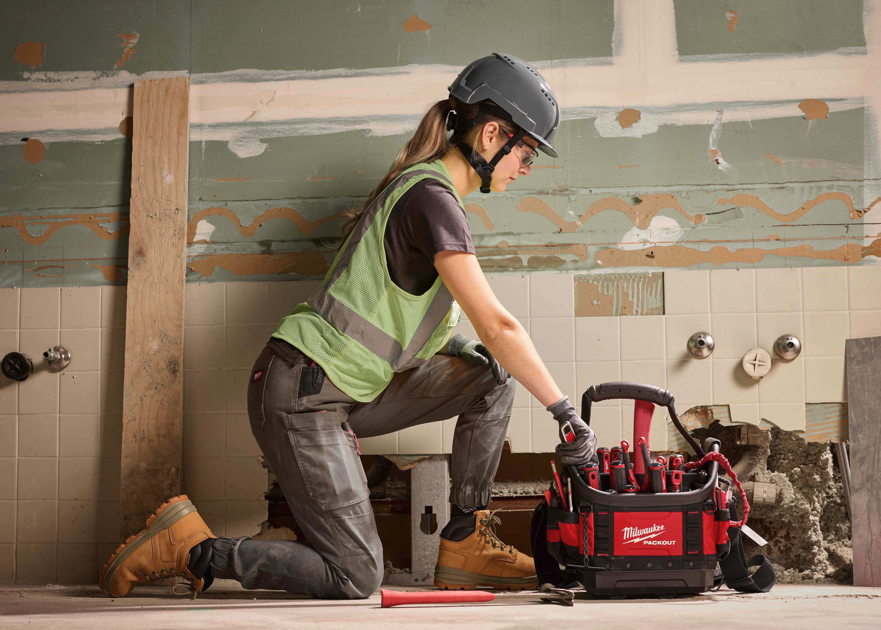 |
| Rather than forcing tradeswomen to adapt to outdated standards, the construction industry is starting to evolve to meet their needs, ensuring that workwear is designed for the job and the increasingly diverse workforce shaping its future. |
MADE BY AND FOR TRADESWOMEN
Beyond the internal design team, Milwaukee Tool also engaged directly with tradeswomen to gain firsthand insights.
Angie Cacace, a carpenter and founder of Move Over Bob, experienced this process firsthand.
“As a tradeswoman, finding durable, functional workwear has always been tough,” Cacace said. “The construction industry wasn’t designed with women in mind, making it hard to find clothes that fit, last, and allow freedom of movement. When Milwaukee reached out to share its commitment to changing that, I jumped at the opportunity.”
Since October 2024, she has been wearing several pieces from Milwaukee’s women’s apparel line and has been impressed. Cacace said the GRIDIRON Women’s Double Knee Jogger Pants have been a game-changer.
“If you’ve ever tried carrying tools without a toolbelt, you know how tricky it can be to avoid sagging and losing mobility,” she said. “These pants, they’ve got you covered.”
Designed for true jobsite performance, the GRIDIRON pants feature seven deep, reinforced pockets and nylon-reinforced clip-on zones, allowing tradeswomen to carry drills, speed squares, and measuring tapes without losing mobility.
“The weight of my tools feels evenly distributed, keeping everything secure while climbing ladders, bending, or hauling materials,” Cacace said.
Durability was another win. She emphasized how the pants have held up beautifully, even after countless washes and the abuse of forgotten screws and nails in her pockets. As for overall fit, Cacace defines the high-waist as being a game-changer for providing excellent coverage. The addition of an elastic ankle was another design touch that she said prevents the constant issue of pants being too long, especially for someone like Cacace at 5 feet 2 inches.
Then there’s the GRIDIRON T-shirt, which also left a lasting impression. “Where do I even begin? Milwaukee has nailed the perfect balance of comfort and style,” Cacace said, noting that the lightweight, breathable fabric makes it ideal for all-day wear, while the tailored fit ensures it is flattering without being restrictive.
“The extra length in the back ensures everything stays covered when you’re bending or stretching, with no constant adjusting needed,” she said.
Her experience is a testament to what happens when workwear is designed by tradeswomen, for tradeswomen. Through direct feedback, field testing, and collaboration with professionals like Cacace, Milwaukee Tool ensures that every piece in its women’s workwear line balances comfort, functionality, and durability.
Authenticity is an essential element in developing workwear that truly meets the needs of tradeswomen. For example, creating Milwaukee Tool’s Women’s Workwear line required more than just research, it needed the voices and expertise of women at every stage. With a female-led team guiding the design and development process, Milwaukee ensures that its offerings meet the real demands of professional tradeswomen.
NEW STANDARDS
This commitment to authenticity and collaboration in product development reflects a paradigm shift in the construction and trades workforce. As representation of women in skilled trades grows, so does the demand for apparel and resources designed to meet their needs.
Field research, product testing, and innovation are driving the evolution of workwear, ensuring it keeps pace with the changing workforce. The focus remains on expanding solutions and enhancing materials to provide gear that offers functionality and longevity in demanding jobsite conditions.
Women’s presence in the trades is no longer emerging, it is firmly established. Advancing functional, durable, and thoughtfully designed workwear is a critical step in reinforcing its role in shaping the future of construction and skilled trades.
Nadia Sinner is a product manager at Milwaukee Tool, based in Brookfield, WI. She focuses on developing high-performance workwear solutions to meet the demands of skilled tradespeople.
This article originally appeared in the April/May 2025 issue of Contractor Supply magazine. Copyright, 2025 Direct Business Media.





